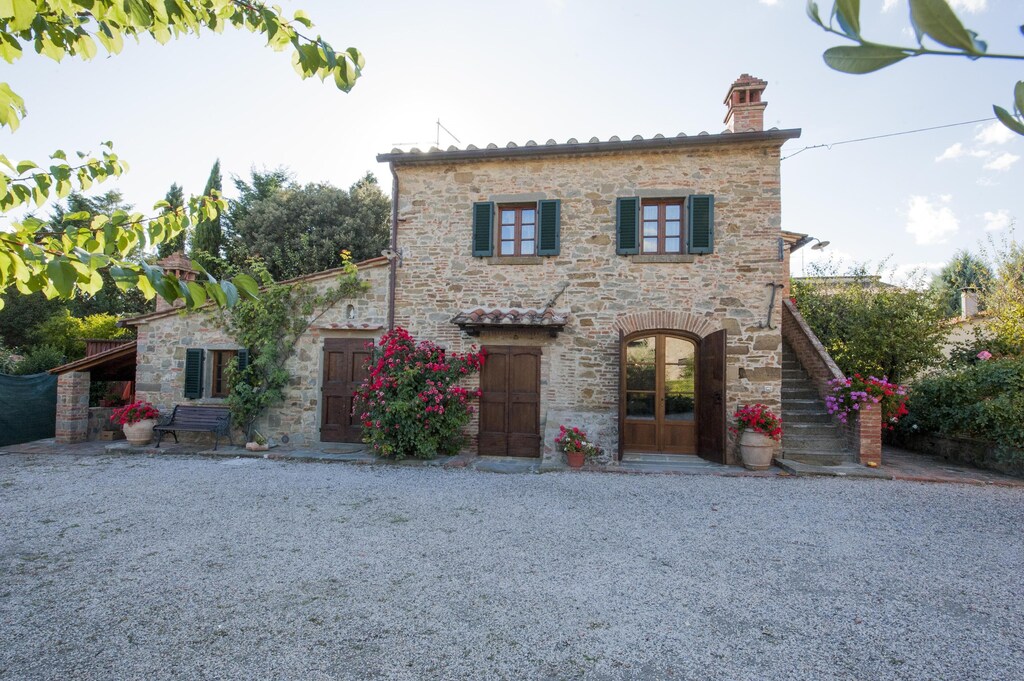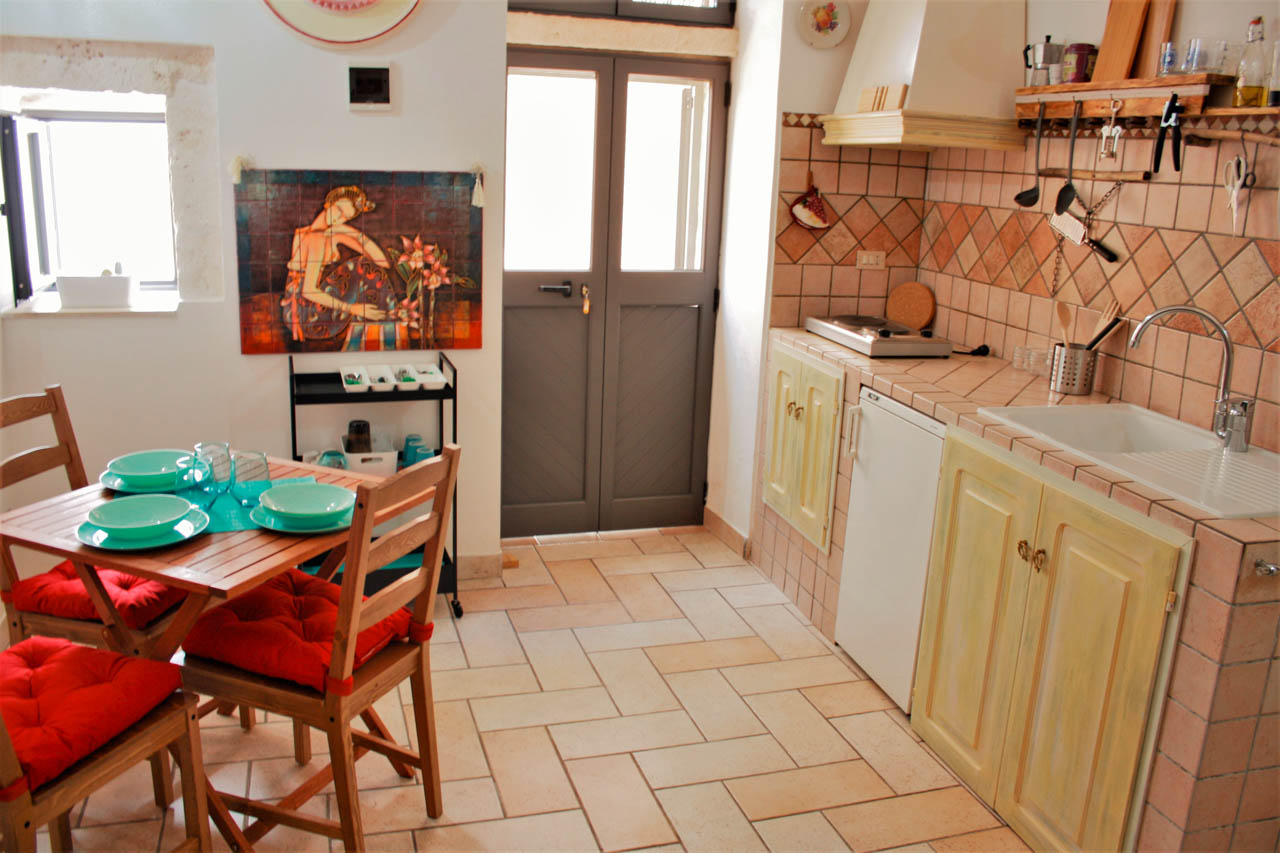Casina In English
Posted By admin On 03/04/22- Cocina In English Translation
- Cassina In English Subtitles
- Cascina In English
- Cassina In English Translation
The Casina Pio IV (or Villa Pia) is a patrician villa in Vatican City which is now home to the Pontifical Academy of Sciences, the Pontifical Academy of Social Sciences and the Pontifical Academy of St. Thomas Aquinas.The predecessor of the present complex structure was begun in the spring of 1558 by Pope Paul IV in the Vatican Gardens, west of the Cortile del Belvedere. Casina is a Latin play by the early Roman playwright Titus Maccius Plautus.
Old and New Comedy in ancient Greece
The 11 surviving plays of Aristophanes represent the earliest extant body of comic drama; what is known of Greek Old Comedy is derived from these plays, the earliest of which, The Acharnians, was produced in 425 bce. Aristophanic comedy has a distinct formal design but displays very little plot in any conventional sense. Rather, it presents a series of episodes aimed at illustrating, in humorous and often bawdy detail, the implications of a deadly serious political issue: it is a blend of invective, buffoonery, and song and dance. Old Comedy often used derision and scurrility, and this may have proved its undoing; though praised by all, the freedom it enjoyed degenerated into license and violence and had to be checked by law.
Cocina In English Translation

In New Comedy, which began to prevail about 336 bce, the Aristophanic depiction of public personages and events was replaced by a representation of the private affairs (usually amorous) of imaginary men and women. New Comedy is known only from the fragments that have survived of the plays of Menander (c. 342–c. 292 bce) and from plays written in imitation of the form by the RomansPlautus (c. 254–184 bce) and Terence (195 or 185–159 bce). A number of the stock comic characters survived from Old Comedy into New: an old man, a young man, an old woman, a young woman, a learned doctor or pedant, a cook, a parasite, a swaggering soldier, a comic slave. New Comedy, on the other hand, exhibits a degree of plot articulation never achieved in the Old. The action of New Comedy is usually about plotting; a clever servant, for example, devises ingenious intrigues in order that his young master may win the girl of his choice. There is satire in New Comedy: on a miser who loses his gold from being overcareful of it (the Aulularia of Plautus); on a father who tries so hard to win the girl from his son that he falls into a trap set for him by his wife (Plautus’s Casina); and on an overstern father whose son turns out worse than the product of an indulgent parent (in the Adelphi of Terence). But the satiric quality of these plays is bland by comparison with the trenchant ridicule of Old Comedy. The emphasis in New Comic plotting is on the conduct of a love intrigue; the love element per se is often of the slightest, the girl whom the hero wishes to possess sometimes being no more than an offstage presence or, if onstage, mute.
New Comedy provided the model for European comedy through the 18th century. During the Renaissance, the plays of Plautus and, especially, of Terence were studied for the moral instruction that young men could find in them: lessons on the need to avoid the snares of harlots and the company of braggarts, to govern the deceitful trickery of servants, to behave in a seemly and modest fashion to parents. Classical comedy was brought up to date in the plays of the “Christian Terence,” imitations by schoolmasters of the comedies of the Roman dramatist. They added a contemporary flavour to the life portrayed and displayed a somewhat less indulgent attitude to youthful indiscretions than did the Roman comedy. New Comedy provided the basic conventions of plot and characterization for the commedia erudita—comedy performed from written texts—of 16th-century Italy, as in the plays of Niccolò Machiavelli and Ludovico Ariosto. Similarly, the stock characters that persisted from Old Comedy into New were taken over into the improvisational commedia dell’arte, becoming such standard masked characters as Pantalone, the Dottore, the vainglorious Capitano, the young lovers, and the servants, or zanni.

| Comune di Casina | |
Location of Casina in Italy Casina (Emilia-Romagna) | |
| Coordinates: 44°31′N10°29′E / 44.517°N 10.483°ECoordinates: 44°31′N10°29′E / 44.517°N 10.483°E | |
| Country | Italy |
|---|---|
| Region | Emilia-Romagna |
| Province | Reggio Emilia (RE) |
| Frazioni | Banzola, Barazzone, Beleo, Bergogno, Bettola, Bocco, Boschi, Braglio, Brugna, Casaleo, Casetico, Castignola, Ciolla, Cortogno, Costaferrata, Crocicchio, Faieto, Giandeto Straduzzi, Il Monte, La Ripa, Leguigno Faggeto, Lezzolo, L'Incrostolo, Migliara-Boastra, Molino di Cortogno, Monchio l'Axella, Montale, Montata, Paullo Chiesa, Sordiglio, Strada-Fabbrica, Trazara, Villa Bonini |
| Government | |
| • Mayor | Stefano Costi |
| Area | |
| • Total | 63.7 km2 (24.6 sq mi) |
| Elevation | 574 m (1,883 ft) |
| Population (31 December 2016)[3] | |
| • Total | 4 451 |
| Demonym(s) | Casinesi |
| Time zone | UTC+1 (CET) |
| • Summer (DST) | UTC+2 (CEST) |
| Postal code | |
| Dialing code | 0522 |
| Website | Official website |
Casina (Montanaro: Caṡîna[kaˈziːna]; Reggiano: Caṡèina[kaˈzɛi̯na]) is a comune (municipality) in the Province of Reggio Emilia in the Italian region Emilia-Romagna, located about 70 kilometres (43 miles) west of Bologna and about 25 km (16 mi) southwest of Reggio Emilia.
The municipality of Casina contains the frazioni (subdivisions, mainly villages and hamlets) Banzola, Barazzone, Beleo, Bergogno, Bettola, Bocco, Boschi, Braglio, Brugna, Casaleo, Casetico, Castignola, Ciolla, Cortogno, Costaferrata, Crocicchio, Faieto, Giandeto Straduzzi, Il Monte, La Ripa, Leguigno Faggeto, Lezzolo, L'Incrostolo, Migliara-Boastra, Molino di Cortogno, Monchio l'Axella, Montale, Montata, Paullo Chiesa, Sordiglio, Strada-Fabbrica, Trazara, and Villa Bonini.
Casina borders the following municipalities: Carpineti, Castelnovo ne' Monti, Canossa, Vezzano sul Crostolo, Viano.

The restored Oratorio di Beleo is located in the frazione of Beleo.
Twin towns[edit]
Casina is twinned with:
- Fritzlar, Germany
References[edit]
- ^'Superficie di Comuni Province e Regioni italiane al 9 ottobre 2011'. Istat. Retrieved 16 March 2019.
- ^'Popolazione Residente al 1° Gennaio 2018'. Istat. Retrieved 16 March 2019.
- ^All demographics and other statistics: Italian statistical institute Istat.
Cassina In English Subtitles
External links[edit]

Cascina In English
Cassina In English Translation
